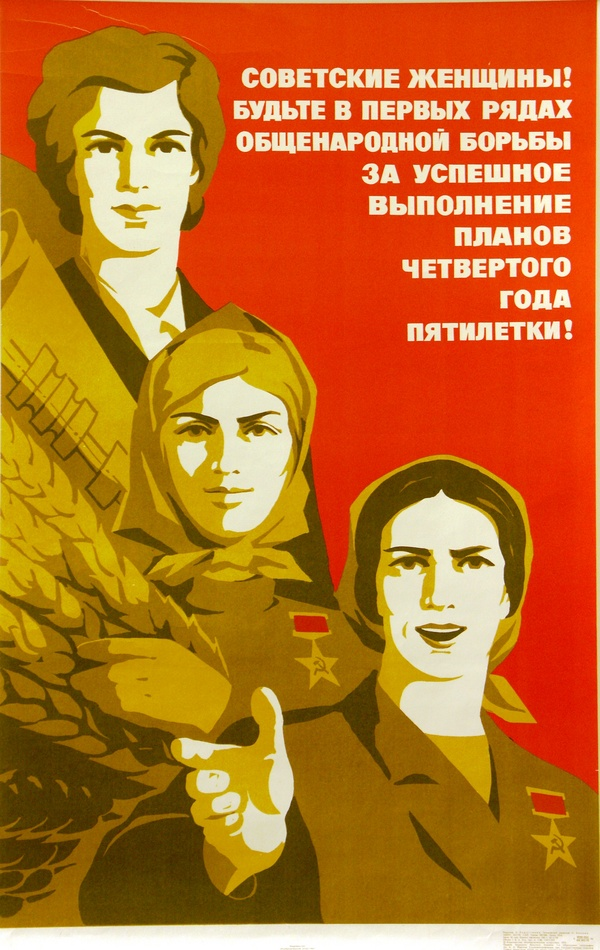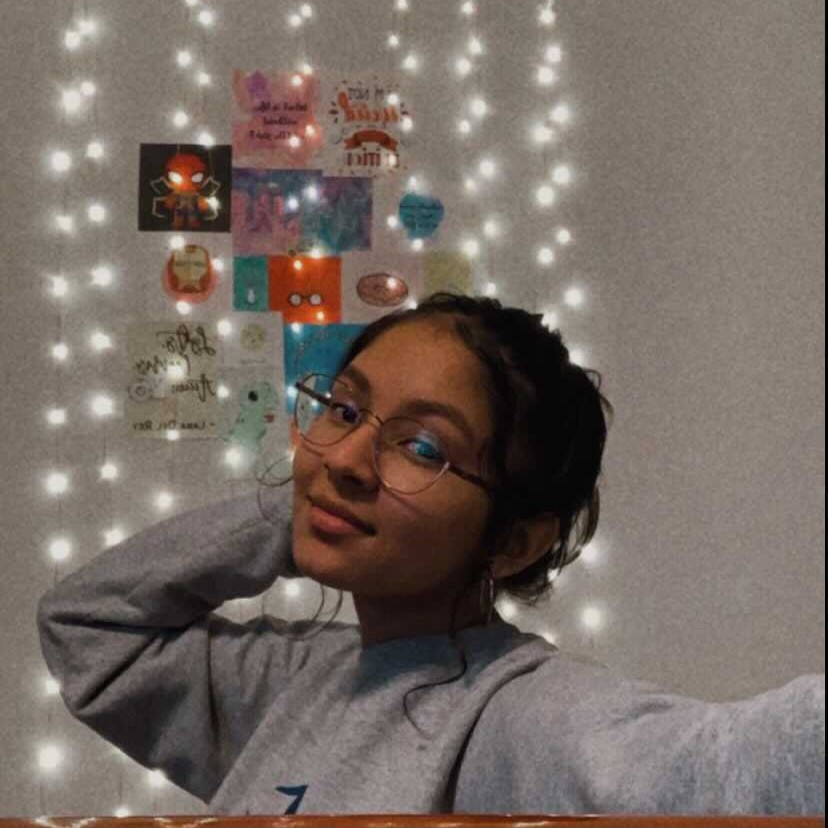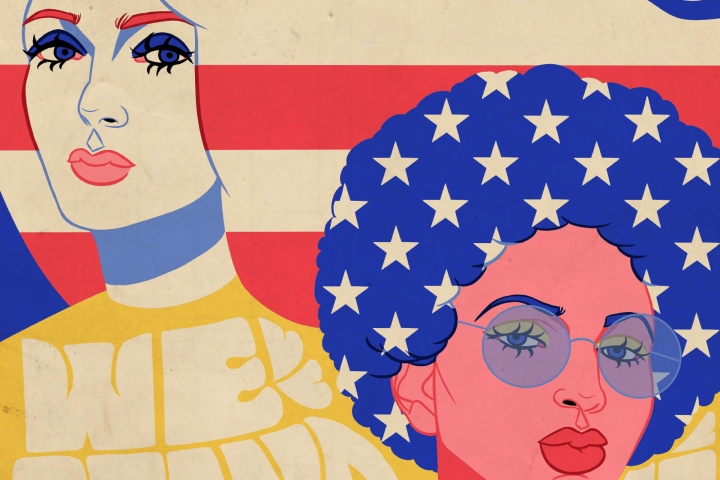The human mind, though capable of independent thought, is susceptible to the persuasive power of image. Throughout history, art influenced the grasp that rulers had on their empires. A strong example of this is Persepolis, the ceremonial capital of the First Persian Empire. The emperor at the time, Derius, used grandiose images of Persepolis to communicate with those living in conquered lands. These diverse groups of people were very impressed by depictions of considerable power and the ornate capital, thereby willingly giving tribute to Derius and strengthening his rule. Derius also imprinted his face on the currency so as to expose the people to a symbol of his rule, further cementing his power.
Closer to the present day, we have Cold War propaganda, which was prominently used to fearmonger the citizens, appeal to select groups to spread their agenda, and filter the truth to the public. The USSR aligned propaganda with women, as a ploy to gain the support of women. As a result, women who saw this propaganda were more predisposed to communism than capitalism under the US. They attempted to portray women as equal to men under communist society; however, this unquestionably was not the case. Multiple statistics from the time show that women had more opportunities in the United States than in the USSR. Less than half of the women in the USSR were among research and professional personnel from 1947-1959. Those who did not have access to such data were forced to blindly believe the propaganda, and were molded into model loyal citizens to their

government.
Caption: “Soviet Women! Be the first in line for the national struggle to successfully fulfill the Five-Year Plan in four years!”
Art has a long history with activist movements, and has been used as a means to inform the public and spread awareness of a certain issue outside of protests. Activist art evokes a profound sense of empowerment among individuals and communities. Thousands rose in an uproar after the murder of George Floyd, where Minneapolis cops stood idly as one of their own killed him unprovoked, bringing attention to the Black Lives Matter (BLM) movement. From there, millions of infographics and posters have popped up, aiming to spread knowledge on systemic racism and what can be done. Activist art is meant to actively address cultural power structures rather than representing them or simply describing them, according to activist artist Tania Bruguera. In other words, the purpose of modern activist art is not to merely point to the issue, but truly represent the issue at hand — to make a difference.
Music is another popular form of modern-day activist art, with songs covering issues such as climate change, inequality, etc. Fake Plastic Trees by Radiohead, first performed in 1995, is a call against consumerism and overconsumption. It repeats the line “It wears her out” saying that a fake, plastic lifestyle causes harm to one’s mental and physical health, while also leading to environmental destruction. Another song with a clearer motif is Internet Religion by Baby Queen, released in 2020, with lyrics such as “Let me show you all the best parts of my life / My clothes and my phone and the gap in my thighs / My friends own things you can’t buy / But all of them are broke…” These lines are fairly self-explanatory, highlighting how perfect peoples’ lives are shown to be on the internet, while in reality, they are suffering physically and mentally as a result.
Activist art manifests itself in all forms: in song and graphics/paintings and additionally in written word and film, all equally effective and penetrative. These pieces of art are not only a way to unleash creativity, but also a tool to unify, grow, and develop as a community.

